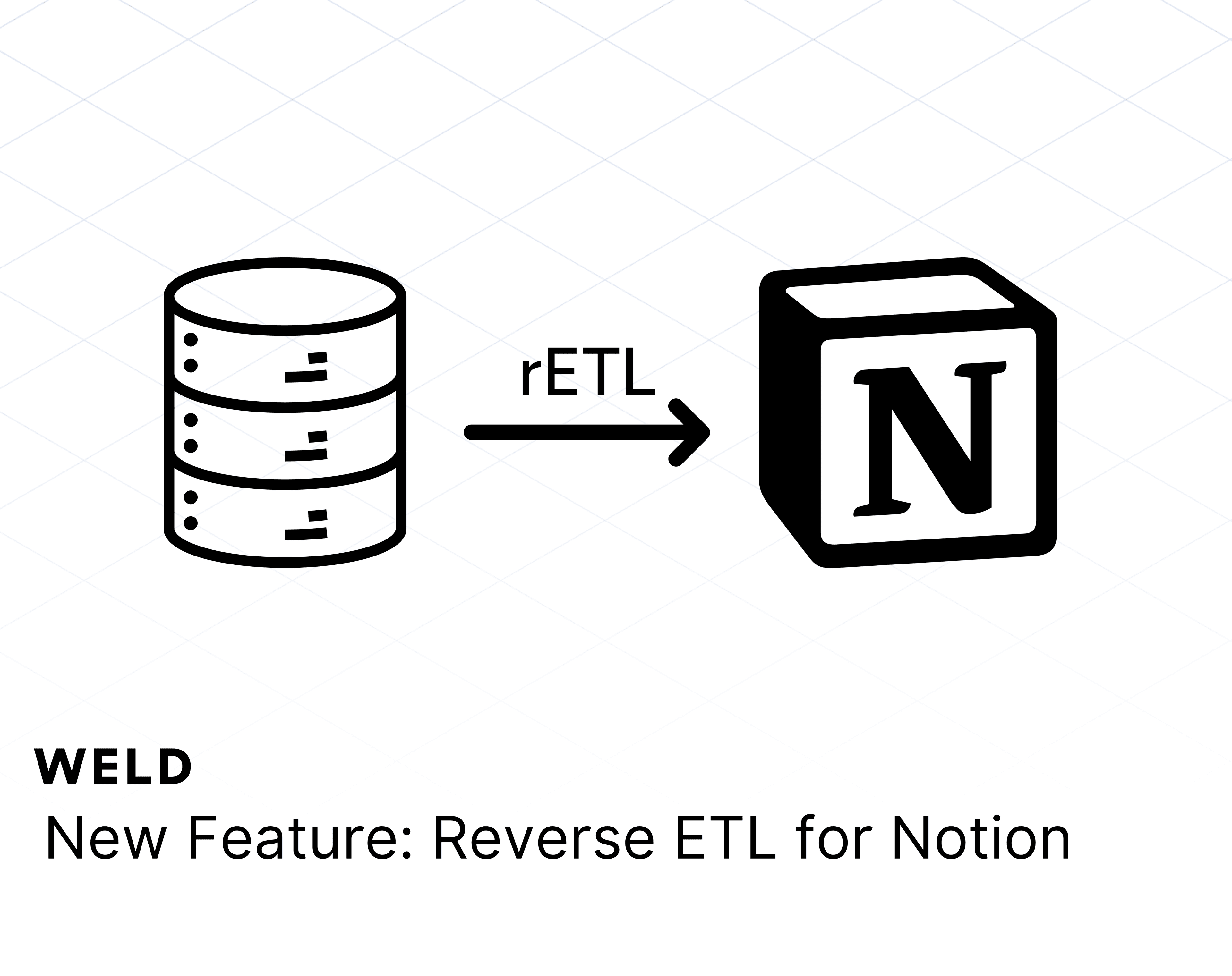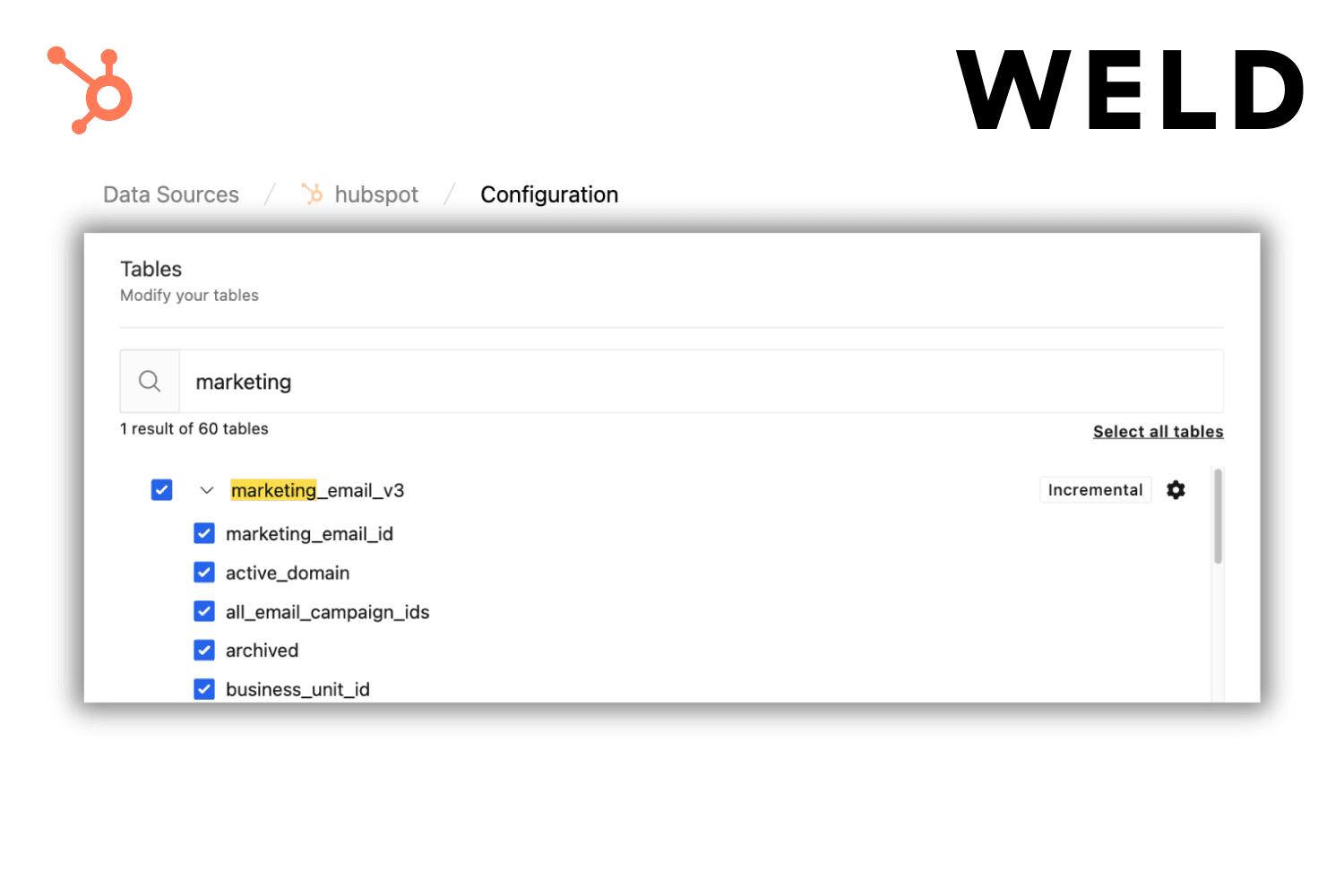Your data operations begin with data integration—bringing data from multiple sources together in a centralized location. For most organizations with a cloud-based modern data stack, this means ELT: the extraction, loading, and transformation of data into the data warehouse. In these setups, the data warehouse serves as the central repository and single source of truth for company data.
ELT is an important step in the data cycle. It’s how data points are sourced, consolidated, and rendered uniform so they can be used for various data activation purposes. Keep reading to learn everything you need to know about ELT, how it’s different from ETL, and where it fits into your data operations.
What's in the article…
- What is ELT (Extract, Load, Transform)?
- ELT vs. ETL: What's the difference?
- Pros and cons of ETL
- Pros and cons of ELT
- When to use ELT, and when to use ETL: examples
- How ELT fits into your data analytics operations
What is ELT (Extract, Load, Transform)?
ELT stands for Extract, Load, Transform. It’s the process through which you bring raw data together in your warehouse and clean it up to make it usable. Let’s break it down step by step:
- Extract: In this first step, your data is copied from its source—whether that’s a SaaS tool, production database, or another system that generates data. The data may be ingested as a complete set or only select data points based on preset specifications.
- Load: Next, your data is loaded directly into the target destination. Think of extraction as the “copy” stage and load as the “paste” stage, where an identical duplicate of your data is created. Usually, this destination is your data warehouse (e.g., Snowflake, BigQuery, etc.).
- Transform: Finally, your data is transformed. Your warehouse sorts, cleans, and unifies the data from various sources so that it conforms to the required norms. While the data is made uniform, part or all of its original configuration remains available for in-depth analysis, reporting, or other uses.
[ ]
ELT is a form of data integration where data is extracted from the source and loaded into a cloud-based data warehouse where it's then transformed.
]
ELT is a form of data integration where data is extracted from the source and loaded into a cloud-based data warehouse where it's then transformed.
ELT vs. ETL: What's the difference?
Both ELT and ETL represent processes to integrate data, but they differ in their order of operations. ETL stands for Extract, Transform, Load. It’s an older method where data is transformed in a staging area before being loaded into the data warehouse. ELT, on the other hand, loads the raw data first and then transforms it inside the warehouse. ELT has grown in popularity with the rise of cloud data warehousing solutions.
Pros and cons of ETL
-
Pros:
- A tried-and-true integration method that’s been around for decades.
- Requires less data storage in the data warehouse, which can be beneficial for limited storage capacities.
- Data security can be built into the transformation process (e.g., via encryption or masking).
-
Cons:
- More time consuming due to the transformation step happening outside the warehouse.
- Requires ongoing maintenance and delays data access while transformations are processed.
- The raw data is not stored in the data warehouse, reducing flexibility.
Pros and cons of ELT
-
Pros:
- Offers flexibility and scalability by allowing you to load data first and transform it later.
- Faster integration since transformations are automated within the data warehouse.
- Preserves raw data in the warehouse for deeper analysis if needed.
-
Cons:
- Requires robust safeguards to ensure data security after loading the raw data.
- Data protection is critical, but modern ELT tools usually have these built in.
[ ]
]
When to use ELT, and when to use ETL: examples
We’ve outlined the differences between ETL and ELT, along with their pros and cons. Here are some example use cases:
When to use ETL
- When working with an on-site data warehouse in a legacy infrastructure.
- If you have a small amount of structured data that requires complex transformations before storage.
- When you need to manipulate data (e.g., removing personal identifiers) prior to storage.
When to use ELT
- When you have vast quantities of structured, unstructured, semi-structured, or raw data to centralize in a cloud-based data warehouse.
- If maintaining access to your raw historical data is important.
- When your organization uses numerous data sources and requires flexibility as goals and priorities evolve.
How ELT Fits into Your Data Analytics Operations
Data integration is a crucial component of your data operations. Once your data is loaded and transformed, the next step is to derive insights and turn them into actionable business decisions. Typically, you would:
- Build data models to structure your data into reports, dashboards, and visualizations.
- Use these models as the basis for sending data to the tools your teams use daily through reverse-ETL pipelines.
These steps allow you to activate your data and integrate it into your business processes. Data activation is the missing link in many organizations’ data operations and is key to becoming truly data-driven.
The Importance of Proper Data Tooling
To accomplish all this, you need the right tools. You’ve likely heard of the Modern Data Stack—a collection of niche software solutions patched together into a larger ecosystem. Traditional Modern Data Stacks can take months or even years to build and require significant upkeep. In short, the Modern Data Stack isn’t what you think.












